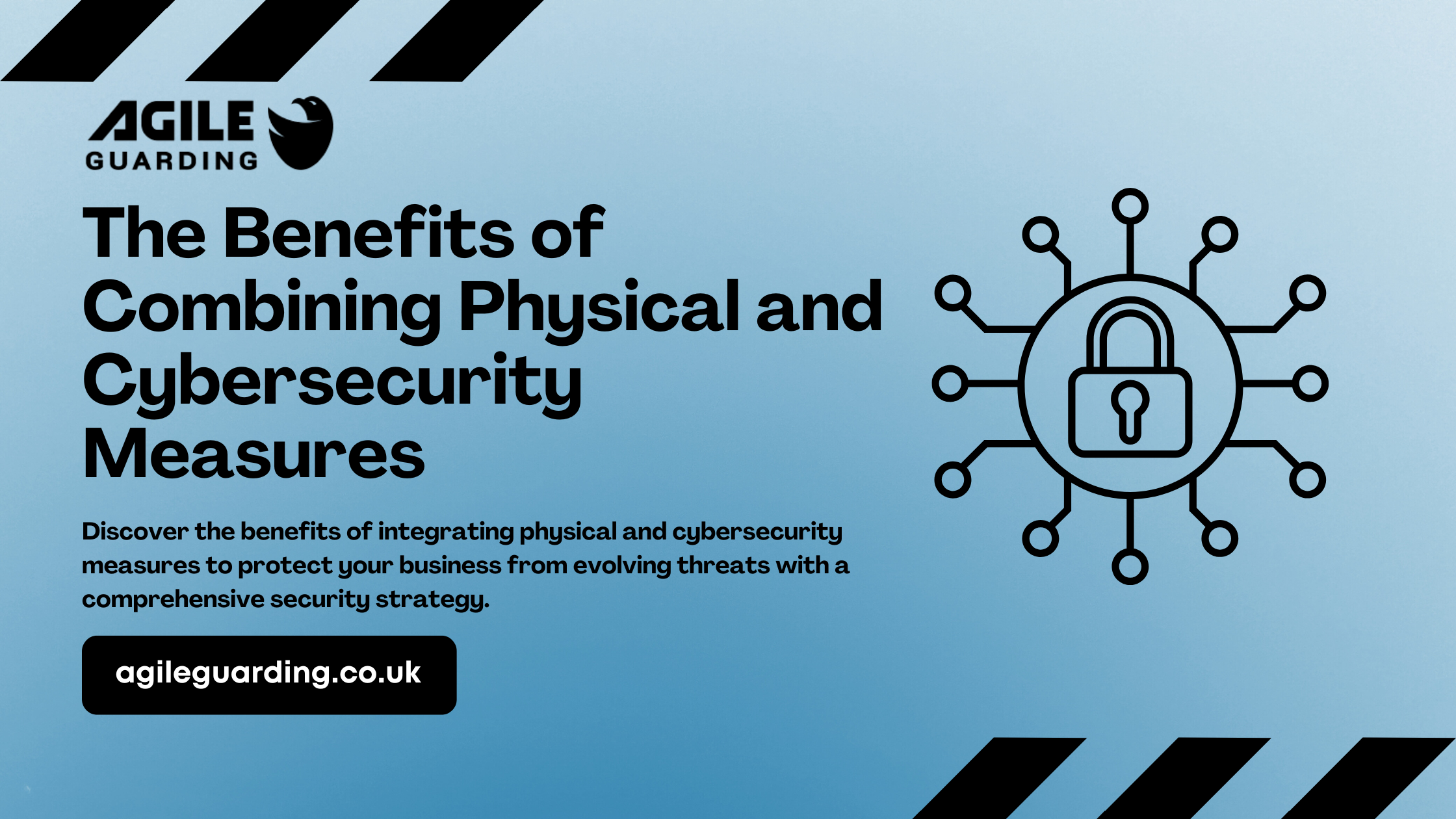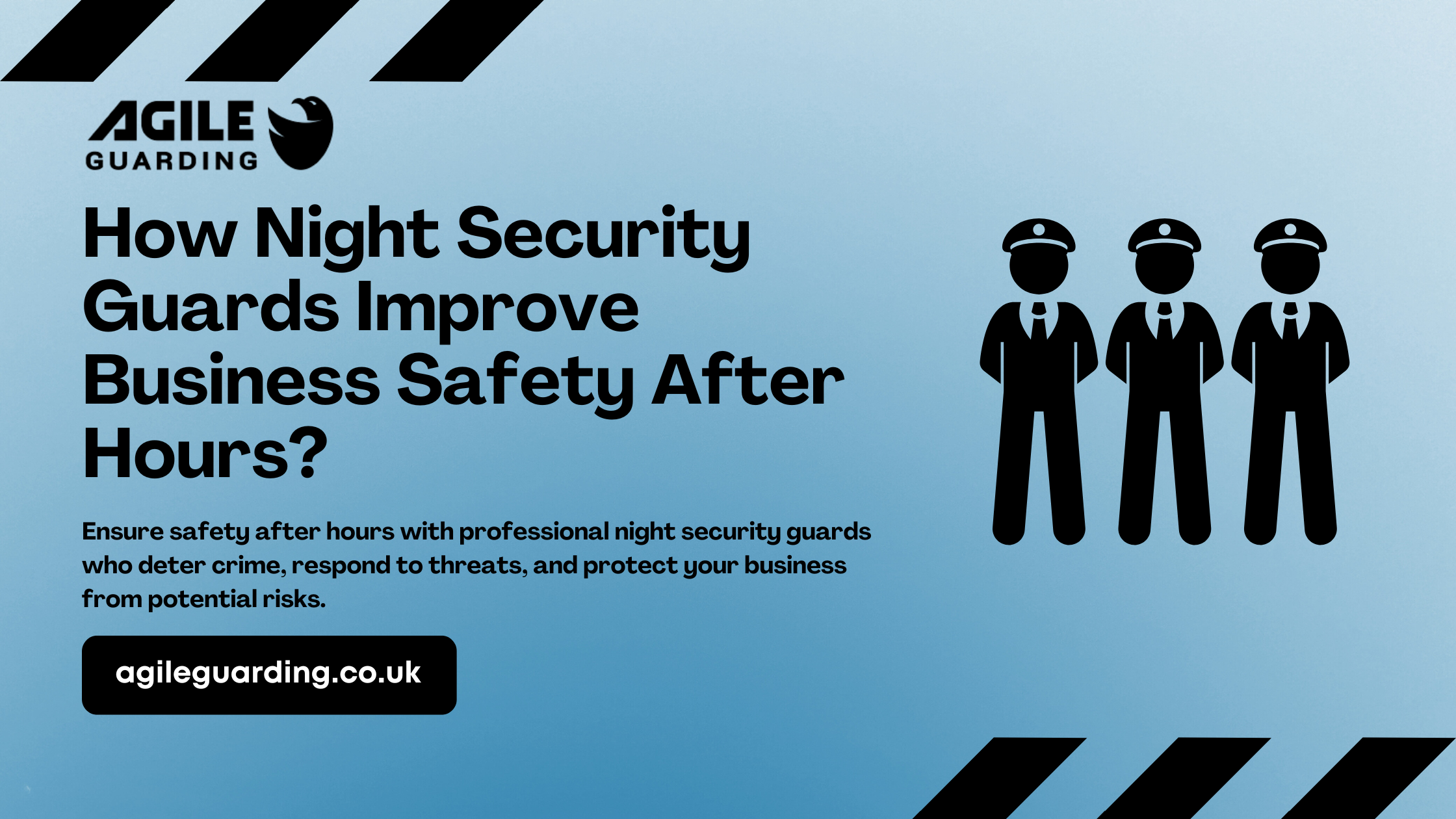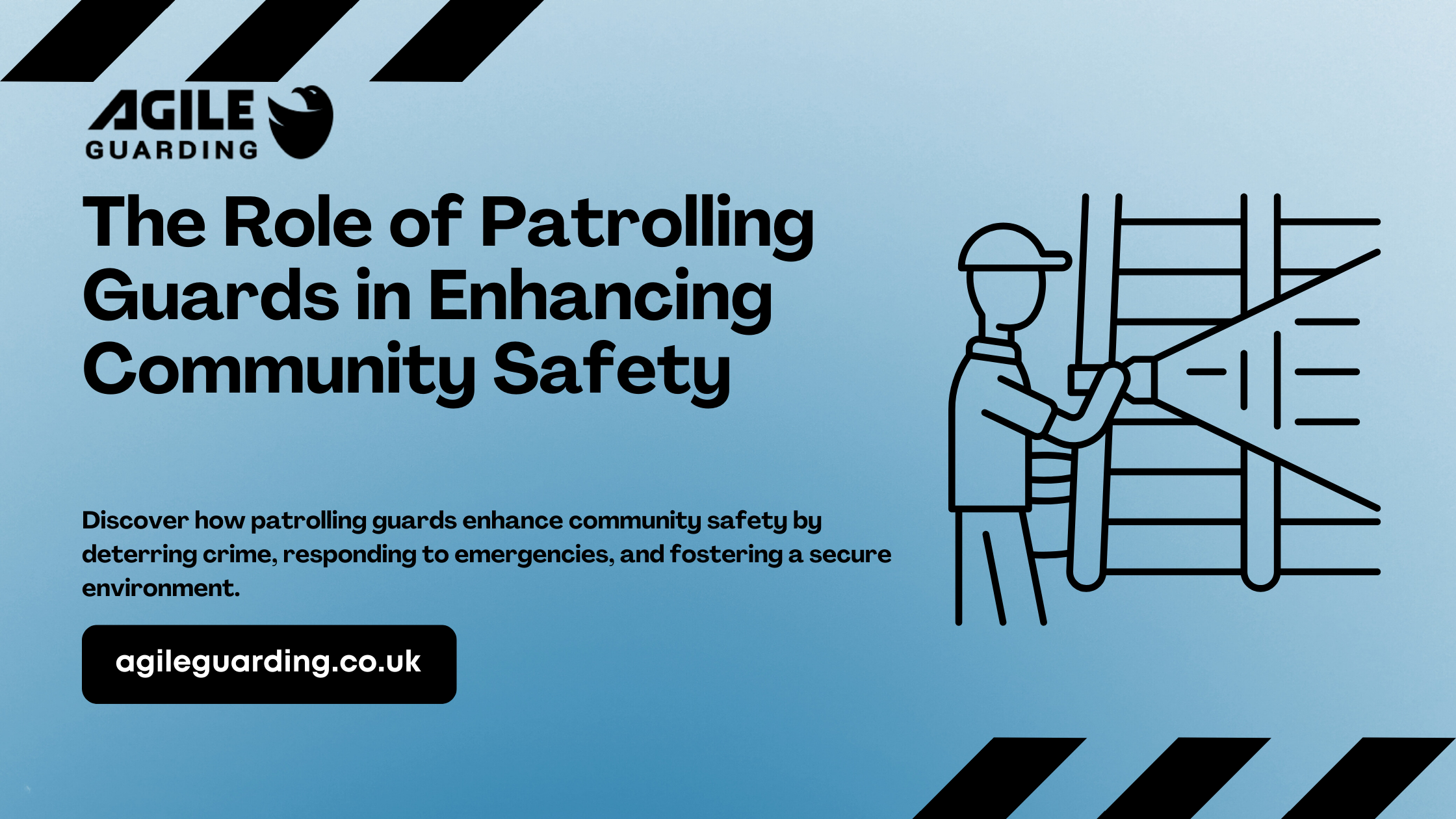The Benefits of Combining Physical and Cybersecurity Measures Apart from the countless benefits of the digital world of today, the complex nature …
How to Conduct Security Risk Assessment for Businesses?
The technologically advanced and fast-paced world of today is faced with multiple security challenges and risks that can jeopardize operations, data, and employee safety. Whether it’s cyber attacks, physical security breaches, or compliance issues, businesses must take proactive measures to reduce potential threats. One of the most efficient methods to accomplish this is to perform a security risk assessment. A security risk assessment assists businesses in identifying, evaluating, and mitigating possible security threats. It helps businesses to establish effective security solutions that decrease risks and assure adherence to industry laws. Whether you run a small business or a huge enterprise, conducting regular security risk assessments is critical for securing your assets and ensuring a safe working environment.
Before we guide you through the step-by-step process of conducting a security risk assessment, let’s first understand what it is and its essential components.
What is a Security Risk Assessment?
A security risk assessment is a systematic method for identifying and evaluating security threats that may affect a business. This often includes identifying possible security concerns like cyber threats, physical security breaches, fraud, etc. and then examining the likelihood and potential consequences of these risks. Then it suggests implementing ways to reduce vulnerabilities and avoid security issues. Regular security risk assessments help businesses enhance their entire security plan, avoid financial losses, and ensure the safety of employees, customers, and corporate assets. Therefore, making it a critical aspect of a well-planned security strategy.
Also Read: 6 Best Security Companies in London
Why is Security Risk Assessment Important?
There are various reasons why a security risk assessment is vital for any security plan. Firstly, it prevents security breaches by identifying them before they become major concerns. Secondly, it is a regulatory compliance as many industries require businesses to conduct risk assessments to comply with data protection and security regulations. Furthermore, it helps in cost reduction as preventing security incidents helps avoid the financial losses associated with breaches, theft, and lawsuits. In addition to that, a security risk assessment also ensures businesses can continue operations even when faced with security threats. Lastly, customers and employees both trust businesses that prioritize security and take proactive measures to protect sensitive information.
Steps to Conduct a Security Risk Assessment
Read below for our step-by-step guide on how to conduct a security risk assessment to make sure there are no loopholes in your security plans and to come up with a proactive strategy to deal with incidents when they occur.
Step 1: Define the Scope of the Assessment
Even before a security risk assessment is conducted, businesses must always determine the scope of the assessment in the beginning. This clarifies which areas of the business are to be assessed and what types of threats will be evaluated. Furthermore, this initial step also establishes who will be conducting the assessment. This is a very critical step as defining the scope ensures that the assessment is thorough and aligns with business objectives.
Step 2: Identify Business Assets
The next step is identifying the business assets, as businesses must identify the key assets that require protection early on. They may include but are not limited to physical assets like buildings, equipment and vehicles or digital assets like customer data, financial records or intellectual property. Furthermore, human assets like employees, customers and stakeholders are also an important part of it. A clear understanding of which assets are most valuable helps prioritize security efforts.
Step 3: Identify Security Threats
The next step is to identify potential security threats. They can be cybersecurity threats like phishing attacks, malware, data breaches, ransomware or physical security threats like theft, vandalism and unauthorized access. Sometimes businesses are also faced with operational threats like employee misconduct, fraud, supply chain disruptions or environmental threats including natural disasters, power outages and pandemics. Thoroughly assessing these threats helps businesses prepare for a wide range of security risks.
Step 4: Identify Vulnerabilities
Once threats are identified, businesses must assess their vulnerabilities. Most common security weaknesses that businesses are faced with include outdated software and weak passwords, unsecured physical access points, lack of employee security training and poorly managed third-party vendor access. A security risk assessment identifies these shortcomings, allowing businesses to rectify them effectively.
Step 5: Evaluate Risk Levels
Businesses must examine each indicated risk in terms of its likelihood and impact. The likelihood tells how probable the risk is whereas the impact suggests what damage it could cause. Using a risk matrix like low, medium, and high risk allows you to prioritize security enhancements depending on their severity.
Step 6: Develop Risk Mitigation Strategies
After assessing risks, businesses should employ risk reduction techniques such as improving cybersecurity measures through firewalls, encryption, and multi-factor authentication in case of cyber threats. They can also implement increasing physical security with the help of CCTV, access control systems, and security staff to reduce physical threats. Furthermore, employee training initiatives should be conducted to raise security awareness. Developing incident response and disaster recovery strategies can also be helpful in this regard. A well-structured prevention approach decreases security risks while increasing resilience.
Step 7: Monitor and Update Security Measures
A security risk assessment should not be conducted once and then forgotten. Ideally it should be updated regularly to handle new risks. Businesses should perform security audits and vulnerability checks constantly, monitor security occurrences, and update policy as needed. Businesses should also try to stay updated on emerging security dangers and technology. Ongoing monitoring ensures that security measures are effective in an ever-changing environment regarding threats and risks.
Reach Out to Us!
Ready to enhance your business security with a comprehensive security risk assessment? Here at Agile Guarding we specialize in conducting security risk assessments to help businesses identify and mitigate potential threats. Our team of experts provides tailored security solutions to protect your assets and ensure compliance with industry regulations. Reach out to us today for a free consultation and take the first step towards ensuring a secure business environment!
Concluding Thoughts
A security risk assessment is a vital process for businesses looking to protect their assets, data, and employees from security threats. By systematically identifying risks, evaluating vulnerabilities, and implementing mitigation strategies, businesses can create a robust security framework that minimizes threats and ensures business continuity. From cyber threats to physical security risks, a comprehensive security risk assessment allows businesses to stay proactive and prepared in an increasingly complex threat environment.
Also Read: 10 Reasons to Have Canine Security Dogs
Read our blogs
Understanding the Role of Keyholding Services in Business Security Businesses of all scales must prioritize security in today’s dynamic and ever evolving …
How Night Security Guards Improve Business Safety After Hours? Running a business entails more than simply managing day-to-day operations. When the doors …
The Role of Patrolling Guards in Enhancing Community Safety Ensuring community safety is a basic necessity for creating a peaceful and thriving …





